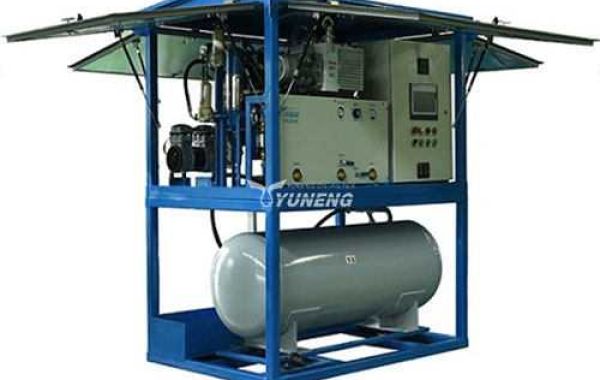However, due to its potent greenhouse gas potential and potential hazards if mishandled, the safe handling and recovery of SF6 gas are paramount. In this blog, we'll explore the essential guidelines for ensuring safety when working with SF6 gas.
Understanding SF6 Gas
SF6 gas is renowned for its high dielectric strength, thermal stability, and arc-quenching capabilities, making it an indispensable component in electrical equipment. However, SF6 is also a potent greenhouse gas with a global warming potential thousands of times greater than carbon dioxide over a 100-year period. As such, proper handling and recovery procedures are critical to minimizing emissions and safeguarding the environment.
Essential Safety Guidelines
Training and Certification:
Anyone involved in handling SF6 gas must undergo comprehensive training and certification programs to ensure proficiency in safe handling practices. This training should cover the properties of SF6 gas, potential hazards, proper equipment operation, and emergency response procedures.
Personal Protective Equipment (PPE):
The use of appropriate personal protective equipment is essential when working with SF6 gas. This may include safety glasses, gloves, protective clothing, and respiratory protection to minimize exposure to the gas and any associated contaminants.
Equipment Inspection and Maintenance:
Regular inspection and maintenance of SF6 handling equipment are crucial for ensuring its safe and reliable operation. This includes checking for leaks, inspecting valves and fittings, and verifying the integrity of hoses and connections. Any damaged or malfunctioning equipment should be repaired or replaced promptly.
Leak Detection and Monitoring:
Given the potential for SF6 gas leaks, regular leak detection and monitoring are essential to identify and address any issues promptly. Leak detection methods may include visual inspections, ultrasonic testing, or the use of portable gas detectors. Early detection of leaks can help prevent potential hazards and minimize environmental impact.
Gas Recovery and Recycling:
Efficient gas recovery and recycling procedures are essential for minimizing emissions and conserving SF6 gas resources. Personnel should use dedicated recovery equipment to capture and reclaim SF6 gas from decommissioned equipment or during maintenance activities. Recycled SF6 gas can then be reused or safely disposed of, reducing the need for virgin SF6 production.
Emergency Response:
In the event of a gas leak or equipment malfunction, personnel must be prepared to respond quickly and effectively. This includes implementing emergency shutdown procedures, evacuating affected areas, and notifying appropriate authorities. Training in emergency response protocols is essential for mitigating risks and ensuring the safety of personnel and the surrounding environment.
Conclusion
Safety is paramount when working with SF6 gas due to its potential hazards and environmental implications. By adhering to essential guidelines for handling and recovering SF6 gas, personnel can minimize risks, protect the environment, and ensure the safe and reliable operation of electrical equipment. Through comprehensive training, proper equipment maintenance, and adherence to safety protocols, we can harness the benefits of SF6 gas while mitigating its associated risks, paving the way for a safer and more sustainable future in the field of electrical engineering.








